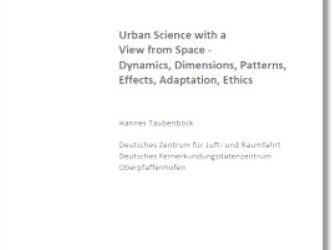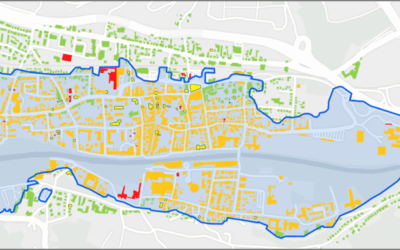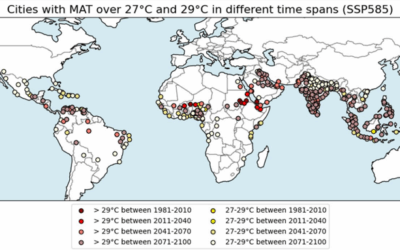Researchers from Helmholtz Centre for Environmental Research (UFZ) in Leipzig, the German Centre for Integrative Biodiversity Research (iDiv) in Leipzig, the Martin Luther University Halle-Wittenberg, the German Remote Sensing Data Center (DFD) of the German Aerospace Center (DLR) in Oberpfaffenhofen and our Earth Observation Research Cluster (EORC) of our Julius-Maximilians-University in Würzburg teamed up for a study on automated pollinator monitoring using time-lapse images. The paper titled “Successes and limitations of pretrained YOLO detectors applied to unseen time-lapse images for
automated pollinator monitoring” was just published in Scientific Reports by Valentin Ștefan,Thomas Stark, Michael Wurm, Hannes Taubenböck & Tiffany M. Knight.
Here is the abstract of the paper: Pollinating insects provide essential ecosystem services, and using time-lapse photography to automate their observation could improve monitoring efficiency. Computer vision models, trained on clear citizen science photos, can detect insects in similar images with high accuracy, but their performance in images taken using time-lapse photography is unknown. We evaluated the generalisation of three lightweight YOLO detectors (YOLOv5-nano, YOLOv5-small, YOLOv7-tiny), previously trained on citizen science images, for detecting ~ 1,300 flower-visiting arthropod individuals in nearly 24,000 time-lapse images captured with a fixed smartphone setup. These field images featured unseen backgrounds and smaller arthropods than the training data. YOLOv5-small, the model with the highest number of trainable parameters, performed best, localising 91.21% of Hymenoptera and 80.69% of Diptera individuals. However, classification recall was lower (80.45% and 66.90%, respectively), partly due to Syrphidae mimicking Hymenoptera and the challenge of detecting smaller, blurrier flower visitors. This study reveals both the potential and limitations of such models for real-world automated monitoring, suggesting they work well for larger and sharply visible pollinators but need improvement for smaller, less sharp case.
Here is the link to the full paper: Successes and limitations of pretrained YOLO detectors applied to unseen time-lapse images for automated pollinator monitoring | Scientific Reports
This paper is related to a previous study on the topic: https://www.nature.com/articles/s41598-023-43482-3








